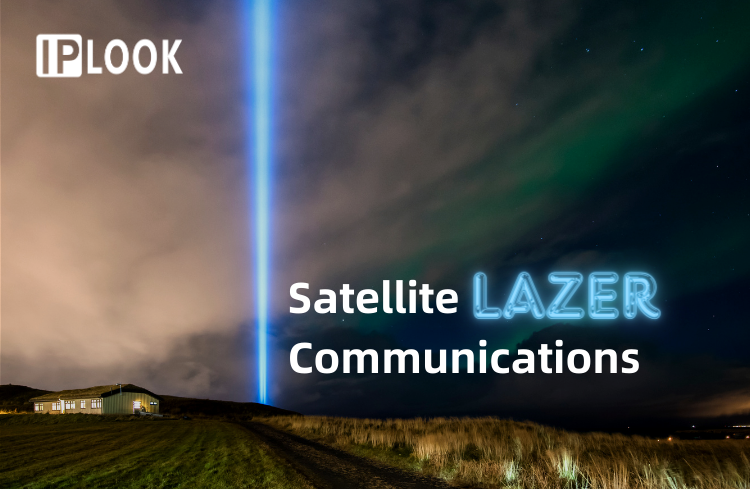
Satellite communication
The communication methods of satellites can be mainly divided into two types: using electromagnetic waves for communication and using light for communication. Further subdivisions include microwave communication, terahertz communication, laser communication, and quantum communication.
Among them, terahertz and quantum communication or related technologies are still immature, and the most mature microwave communication also has some drawbacks. Firstly, long-distance transmission requires high power consumption, and the transmission rate is also limited. Secondly, due to the complex and changing interstellar environment, microwave communication requires the application of specific frequency bands to avoid overlap with adjacent satellite communication frequencies and prevent signal interference.
In comparison, laser communication technology is increasingly mature and its use in interstellar communication is gradually increasing. Laser communication benefits from the catalysis of ground fiber optic communication to the industry chain. Its advantages include high transmission rate, no frequency band limitation, and no interference with any other interstellar communication.
Satellite laser communication
Satellite laser communication uses lasers as signal carriers to modulate and transmit information such as voice and data. Unlike microwave communication, the laser beam serves as the transmission medium for information in space. According to the different laser transmission environments, satellite laser communication can be divided into two categories: vacuum environment laser communication, also known as inter-satellite laser communication, which is mainly used for communication between devices in a vacuum environment, such as satellites, spacecraft, and space stations; and laser communication conducted in the atmosphere, known as space-to-ground laser communication, which has a wide range of applications, such as connecting satellites with ground, maritime users, and airborne aircraft.
Key components
The key components of satellite laser communication include laser transmitters, transmitting optical lenses, receiving optical lenses, laser receivers, control hardware, etc.
Advantages of satellite laser communication
· High communication rate: Satellite laser communication uses laser beams with frequencies hundreds of terahertz higher than microwaves, allowing for higher information-carrying capacity. It has the potential to transmit information at speeds up to terabits per second (Tbps) using techniques like wavelength division multiplexing.
· Strong anti-interference capability: Laser beams have a narrow divergence angle and excellent directionality, making them less susceptible to external interference. Laser communication is not constrained by the satellite electromagnetic spectrum resources, providing robust anti-interference capabilities.
· Good confidentiality: Satellite laser communication operates in the 0.8-1.55 μm wavelength range, which is part of the invisible light spectrum and difficult to detect during communication. The small divergence angle and narrow beam width of lasers enhance the security and reliability of laser communication by making them challenging to capture in space.
· Lightweight components required: Compared to microwave systems, the devices required for laser communication, such as optical antennas, are smaller and lighter. The smaller wavelength of lasers enables compact and lightweight communication payloads for space satellites, meeting the requirements for size, weight, and power consumption.
· Potential Cost-saving: Establishing inter-satellite laser links reduces the need for extensive ground station infrastructure. It simplifies satellite network structures, promotes data convergence, and leads to cost savings in various aspects.
Facing challenges
· Complex aiming system: Satellite laser communication relies on optical systems and high-precision tracking and aiming mechanisms due to the small divergence angle of lasers. Establishing links between receivers and transmitters, especially in space, requires precise alignment and tracking using optical pointing, acquisition, and tracking systems (PAT).
· Balancing antenna efficiency and parameters: Achieving the smallest spot size for transmitting antennas can be challenging due to diffraction limits and accurate alignment requirements. Increasing the diameter of receiving antennas improves signal reception but leads to larger system volumes, weight, and costs. Enhancing receiving sensitivity is crucial for optimizing performance.
· Signal attenuation and delay in long-distance transmission: Laser communication faces challenges in long-distance transmission due to atmospheric interference. Particles in the atmosphere, such as gas molecules, water mist, and haze with similar wavelengths to lasers, can cause absorption and scattering of light waves, hindering transmission. Atmospheric turbulence also impacts signal reception.
While there are challenges to overcome, ongoing research and development efforts aim to address these issues and further improve the efficiency and reliability of laser communication systems.

